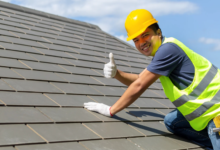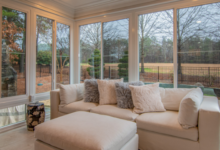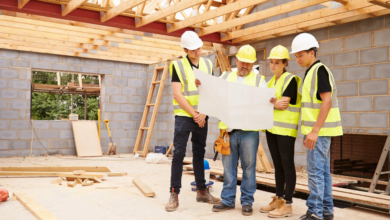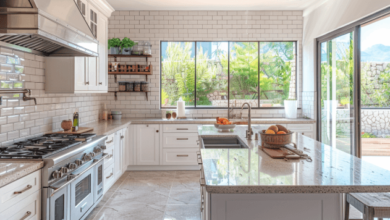Explore Innovations That Combine Smart Home Features with Design
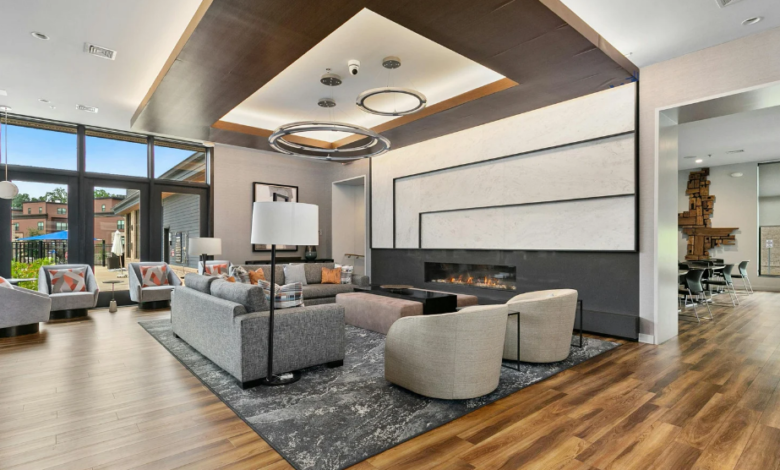
As technology continues to redefine the modern home, integrating smart features into remodels is no longer a novelty; it’s a necessity. Homeowners seeking home remodeling in Lincolnwood solutions now prioritize not only aesthetic appeal but also the functionality, efficiency, and adaptability of smart systems. When technology and design converge seamlessly, the result is a home that enhances comfort, improves energy efficiency, and elevates the user experience; all while maintaining visual harmony.
Balancing Technology with Architectural Vision
A major challenge in smart home remodeling lies in blending cutting-edge systems into spaces without disrupting the overall design. To maintain a cohesive look, it’s essential to plan around the architecture and aesthetic intent of the home. Whether you’re updating a classic colonial or modernizing a mid-century property, smart technology must feel native to the space.
Integrated lighting systems, climate control panels, and security features can be embedded into walls, cabinetry, and ceilings to remain discreet. Smart appliances and connected fixtures are increasingly designed with minimalism in mind, offering sleek finishes and neutral palettes to complement various interiors.
Understanding the benefits of going neutral underscores the advantage of using adaptable design backdrops that pair effortlessly with smart devices. Neutral color schemes not only create a sense of spaciousness but also accommodate tech upgrades without the need to rework design elements.
See also: Understanding the Permitting and Zoning Process with Your Home Builder
Innovations That Enhance Lifestyle and Design
Today’s smart technologies offer more than convenience; they contribute to an elevated living experience. Voice-controlled lighting, motion-sensing fixtures, and automated window treatments reduce energy waste and optimize comfort throughout the day.
Homeowners are increasingly turning to whole-home automation systems that centralize control of lighting, temperature, entertainment, and security into a single interface; often accessible via smartphone or tablet. These systems can be customized by room or user, tailoring functionality to specific routines and preferences.
Invisible speakers, wireless charging stations built into furniture, and smart mirrors that display weather or calendar updates are just a few examples of innovations that combine function with form. These features preserve the integrity of the space while enhancing everyday efficiency.
When planning a home remodel, incorporating these technologies early in the process ensures that wiring, power access, and integration points are accounted for before construction begins. This minimizes the risk of last-minute changes and allows for seamless execution.
Prioritizing Energy Efficiency and Future-Proofing
Sustainable design is no longer an optional add-on; it’s a fundamental requirement. Smart thermostats, energy-monitoring systems, and intelligent lighting controls significantly reduce energy usage while offering complete visibility into household consumption.
Advanced HVAC zoning systems, responsive insulation solutions, and automated irrigation controls further optimize performance. Not only do these systems reduce operational costs, but they also align with green building certifications and future-proof the home for evolving regulations.
Designers and contractors now focus on marrying sustainability with aesthetics; embedding solar-ready roofing, installing energy-efficient windows, and using smart glass that adjusts transparency based on sunlight levels. These innovations provide sleek, modern visuals while delivering meaningful environmental benefits.
Seamless Integration Starts with Expert Collaboration
Successful smart-home remodeling projects rely on the collaboration between designers, contractors, and technology integrators. From infrastructure planning to device installation, every stakeholder must align with the design vision and operational goals.
This coordinated approach allows for early decision-making on layout, lighting placement, and finish selection, all while mapping out the technology infrastructure that supports it. It’s a process built on foresight, communication, and a clear understanding of both current and future tech capabilities.
Conclusion
Smart home innovations are transforming how spaces are designed, used, and experienced. By integrating technology into the architectural language of the home, remodeling professionals help clients achieve spaces that are both intelligent and beautiful. When executed with precision, a home remodeling project becomes more than an upgrade; it becomes a future-ready environment that balances performance, aesthetics, and everyday ease.

